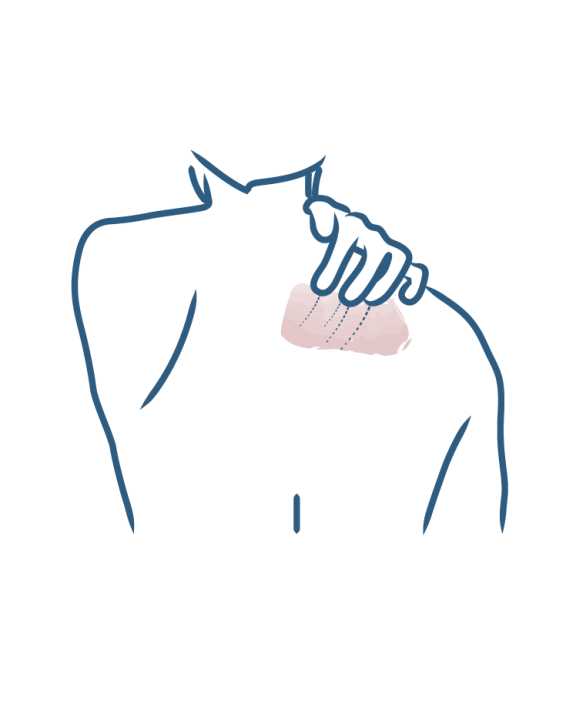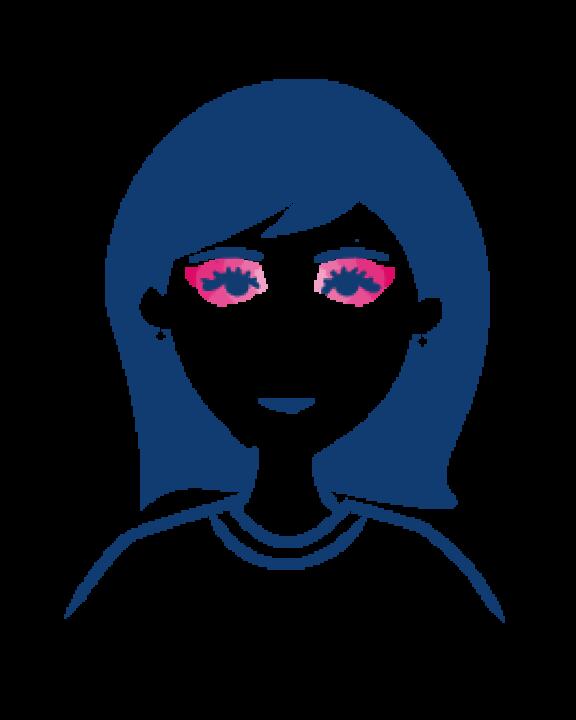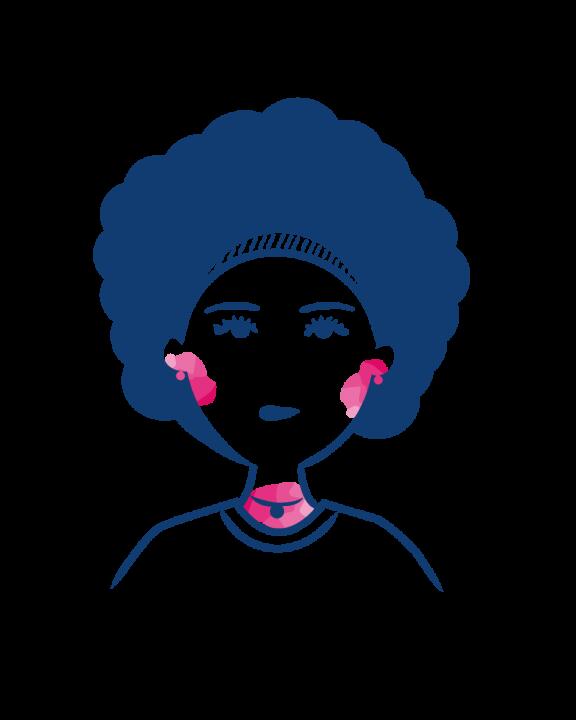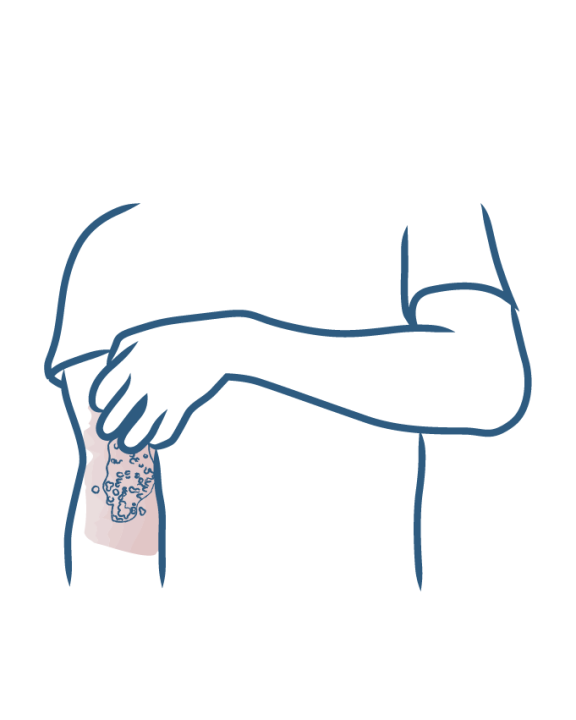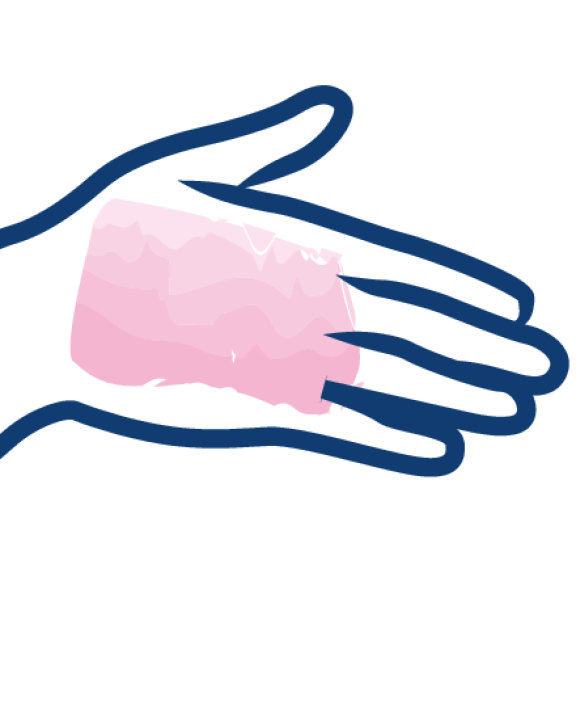- SUMMARY
- Eczema
Eczema in children
- Living with eczema day to day
- What soap should be used for eczema?
- Eczema cream, ointment: what should you use?
- Eczema: can it be cured?
- Eczema: how to treat itching
- Swimming pool, swimming when you have eczema?
- Which detergent should eczema patients use?
- Eczema: how can flare-ups be avoided?
- What are the habits to avoid when you have eczema?
- Eczema: What daily reflexes should you adopt?
- Eczema: what foods should you eat?
- What is infantile eczema?
- What soap should be used for babies with eczema?
- Eczema in babies and children: the areas most often affected
- Eczema in babies: what habits should you adopt?
- Cortisone cream to relieve eczema?
- How should you treat baby’s and infant’s eczema?
- When should you consult a physician about your baby's eczema?
- Body eczema: hands, feet, arms, back, face, etc.
- Arm eczema (elbows, armpits, forearms)
- Eczema of the eyelids, eyes or palpebral eczema
- Foot eczema
- Eczema around the mouth
- Leg eczema or varicose eczema
- Eczema in the ears
- Hand and finger eczema (chronic hand eczema)
- Facial eczema
- Eczema on the stomach and belly button
- Eczema on the neck and nape of the neck
- Scalp eczema
- Eczema on the back
- What causes eczema?
- Clothing contact eczema
- Contact eczema due to cosmetics
- Contact eczema due to nickel and chromium
- Stress-induced eczema
- Hereditary eczema
- Perspiration-induced eczema
- Contact eczema due to cleaning products
- Allergy-induced eczema
- Contact eczema due to medication and topical treatments

Eczema in children
Childhood eczema is very common and affects about 1 in 5 children . Childhood eczema has an impact on the whole family and leads to the implementation of daily cleansing and care measures.
What is childhood eczema?
Childhood eczema is mainly atopic eczema, also known as atopic dermatitis. It is a constitutional
marked by an alteration of the skin barrier. The skin becomes a real sieve and lets most environmental allergens through, resulting in red, rough, itchy plaques. Children's skin is often very dry and uncomfortable even in the absence of eczema flare-ups.
Childhood atopic dermatitis is sometimes accompanied by contact eczema, when a child develops a skin allergy to a particular substance.
What are the areas most often affected by childhood eczema?
Atopic eczema appears in the first few months of life. Baby's eczema concerns the bulging areas of the face and body (cheeks, stomach, outer sides of the limbs, etc.) while childhood eczema after the age of 2 years mainly affects the skin folds. On the body, eczema is located on the elbows, knees, wrists, ankles, etc. Facial eczema in children is also a skin fold eczema: eyelids, neck, ears, lips, etc.
Childhood atopic dermatitis can also manifest itself as eczema on the child's hand, which increases daily discomfort.
The locations of contact eczema vary depending on the allergen involved. Nickel allergy can thus develop from childhood and lead to eczema plaques on the stomach (buttons, zippers, belt buckles, etc.) or ears (wearing fancy earrings, etc.).
How does childhood eczema progress?
Eczema during childhood can develop in different ways. Most of the time, it disappears after a few years without leaving any trace. It can persist into adolescence and adulthood, or reappear after several years of lull.
Some children with eczema will develop other atopic manifestations: asthma, allergic rhinitis or "hay fever", allergic conjunctivitis, etc.
In all cases: it is impossible to predict in advance what will happen to a particular child. The management of eczema must remain the priority.
How should you treat childhood eczema?
Most frequently, the diagnosis of eczema is made in childhood or early childhood. Creams for childhood eczema are either cortisone creams to be applied to red plaques or emollients to be applied to dry skin.
See a physician once or twice a year to review childhood eczema and to renew or adapt treatments.
How can you live with childhood eczema?
Childhood dermatitis is often a constitutional eczema, i.e. hereditary. Most parents of atopic children have already had eczema or other atopic manifestations, but that doesn't make everyday life any easier! Here are a few tips:
- Children with eczema scratch: avoid repeating "stop scratching" over and over again, even though it’s true that scratching maintains and worsens eczema lesions. Propose alternatives to scratching: applying cold, handling a stress ball or a cuddly toy, drawing, etc.
- Children with eczema often refuse to apply their cream: suggest games to make the treatment go better. Draw on the skin with the cream before spreading it, apply the cream with music or with the family, etc. You can try everything!
Our care routines
Skin prone to atopic eczema, contact eczema, chronic eczema and/or, eyelid eczema
Dermatological expertise
To better understand your skin and hair, discover our exclusive content and innovative care products designed to improve your quality of life..

